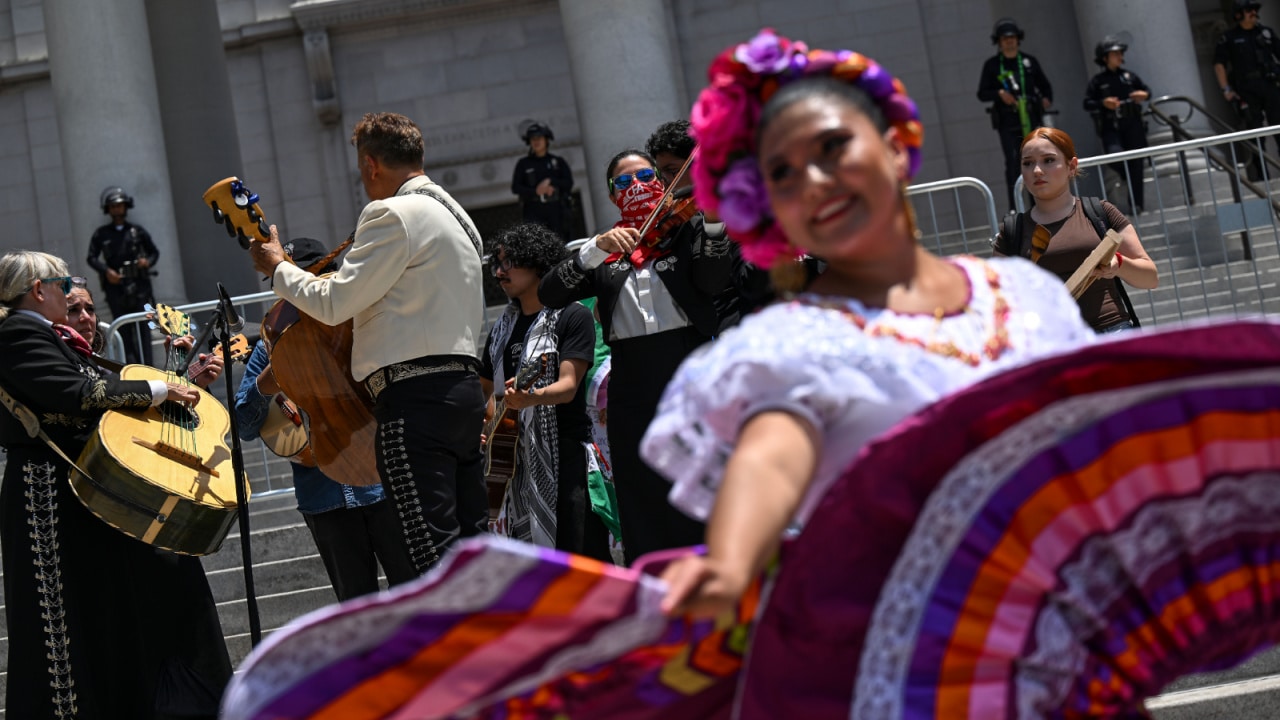Mexico’s Tourism Is Up Big Time This Year and the Economy Is Benefiting Because of It
Mexico’s tourism is seeing a surge of international travelers, especially among Americans and Canadians. According to data, July tourism numbers are 12.3 percent higher in 2025 than in July 2024. The new data shows that tourism in Mexico is becoming the moment. Tourists from around the world are visiting the major cities and cultural sites and pumping money into the country’s economy.
Mexico’s tourism experienced a double-digit boom this year
Mexico is the 6th most-visited country in the world, with international tourists flocking to the country in increasing numbers. The latest report from the National Institute of Statistics and Geography (INEGI) shows that Mexico’s tourism is growing. The INEGI collected data from the International Tourism Survey (ETI) and the Border Traveller Survey (EVF), which shows tourism has been increasing steadily since 2023.
The increase in international visitors brought with it an increase in revenue from tourism. The report from INEGI found that money from foreign visitors grew 5.7 percent from 2024 to $2.7 billion. Ninety-two percent of the money came from international tourists. On average, tourists are spending about $343 per person.
The money spent per person increased based on the kind of traveler. Border tourists spent the least at $121 per person. Tourists who entered by land spent around $359 per person. Meanwhile, travelers who entered Mexico by plane spent on average $1,194 per person.
The numbers indicate some success in the federal government’s push to become a top global destination for tourists. Plan Mexico 2030 aspires to make Mexico the fifth most-visited country in the world by investing in tourism through infrastructure investment and promoting sustainable and community-based tourism. The plan also includes elevating the Pueblos Magicos (Magic Towns) program.
Pueblos Magicos is a collection of special towns around Mexico. These towns have to follow a specific criterion set forth by the Tourism Ministry to be included on the list. One of the requirements to be considered is to be readily available to tourism. Towns in the program receive federal funding, tourism training, and promotional support.
The data comes from the same month residents protested in Mexico City
In July, mass demonstrations started in Mexico City against mass tourism and gentrification impacting residents. The surging tourism and weak regulations is causing a housing crisis in cities like Mexico City. Neighborhoods are facing rent increases, evictions, and soaring costs of living when competing against foreign currency.
In light of the demonstrations, Mexico City officials unveiled a proposed plan to protect residents and rein in soaring costs. There are five key components to the plan: rent regulation, tenant protection, affordable housing, short-term rental regulation, and public discussion. The Mexico City government is looking to shore up protection for vulnerable renters at risk of eviction.
A large part of the strain on housing comes from digital nomads, who work remotely with more spending power. They can pay higher rents, spend more at shops and restaurants, and generally have more money to spend. Tensions boiled over in July and continued through August with demonstrations from residents demanding action from the city government. Protesters chanted “Gringo go home” as they marched through the streets.




